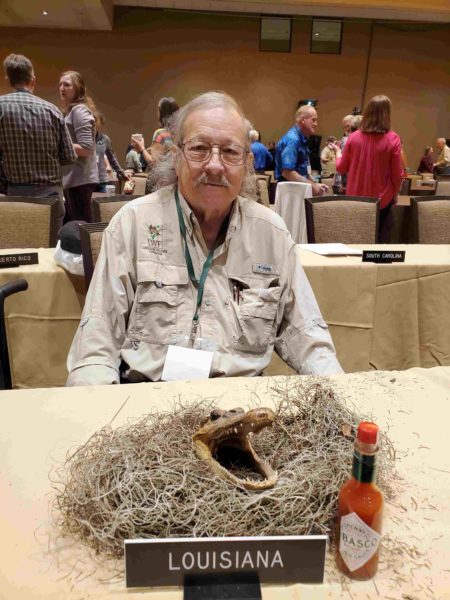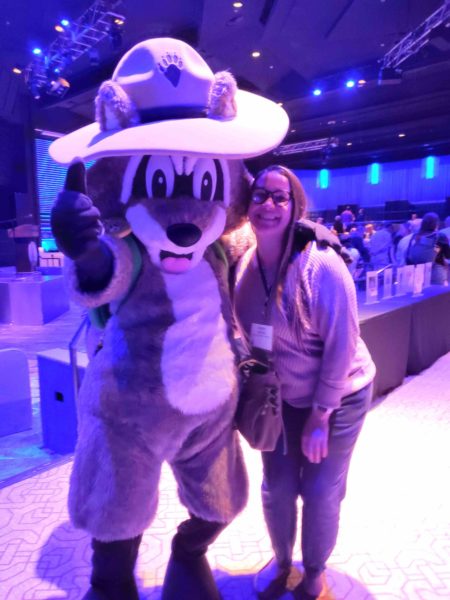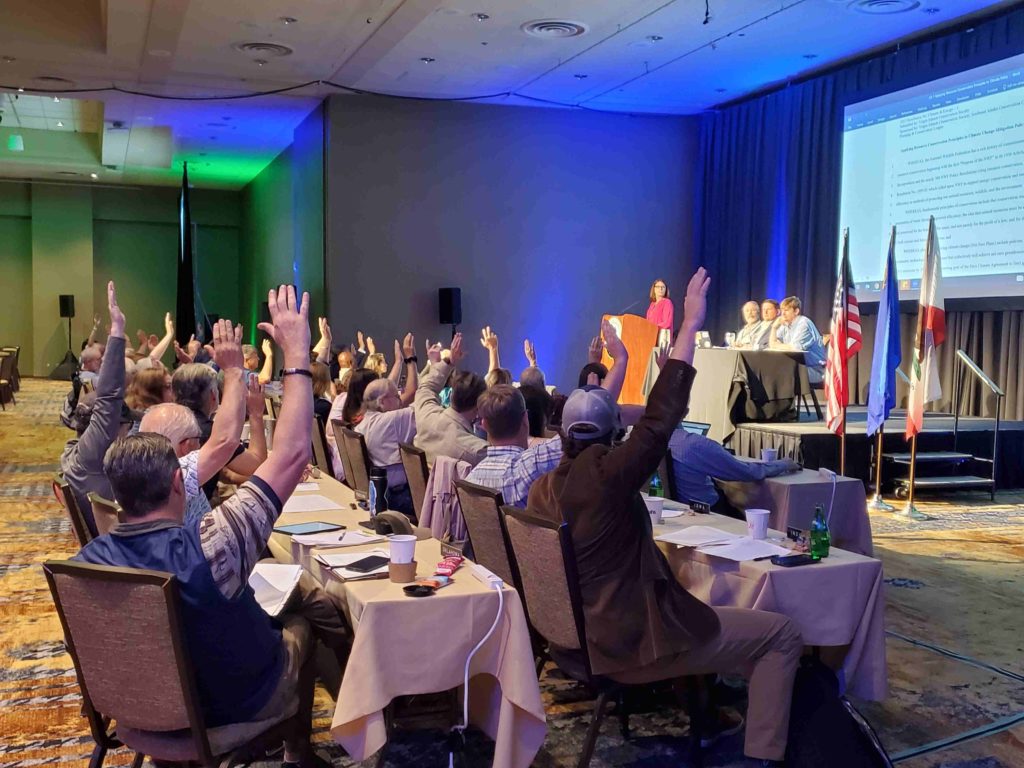This June, LWF board members, Marty Floyd and Jonny Fryar, and Coastal Policy Manager Stacy Ortego joined the National Wildlife Federation (NWF) and their state affiliates for their annual meeting. WildlifeUnite is the annual gathering of wildlife conservation leaders from across the nation to develop skills, share information and set strategy.
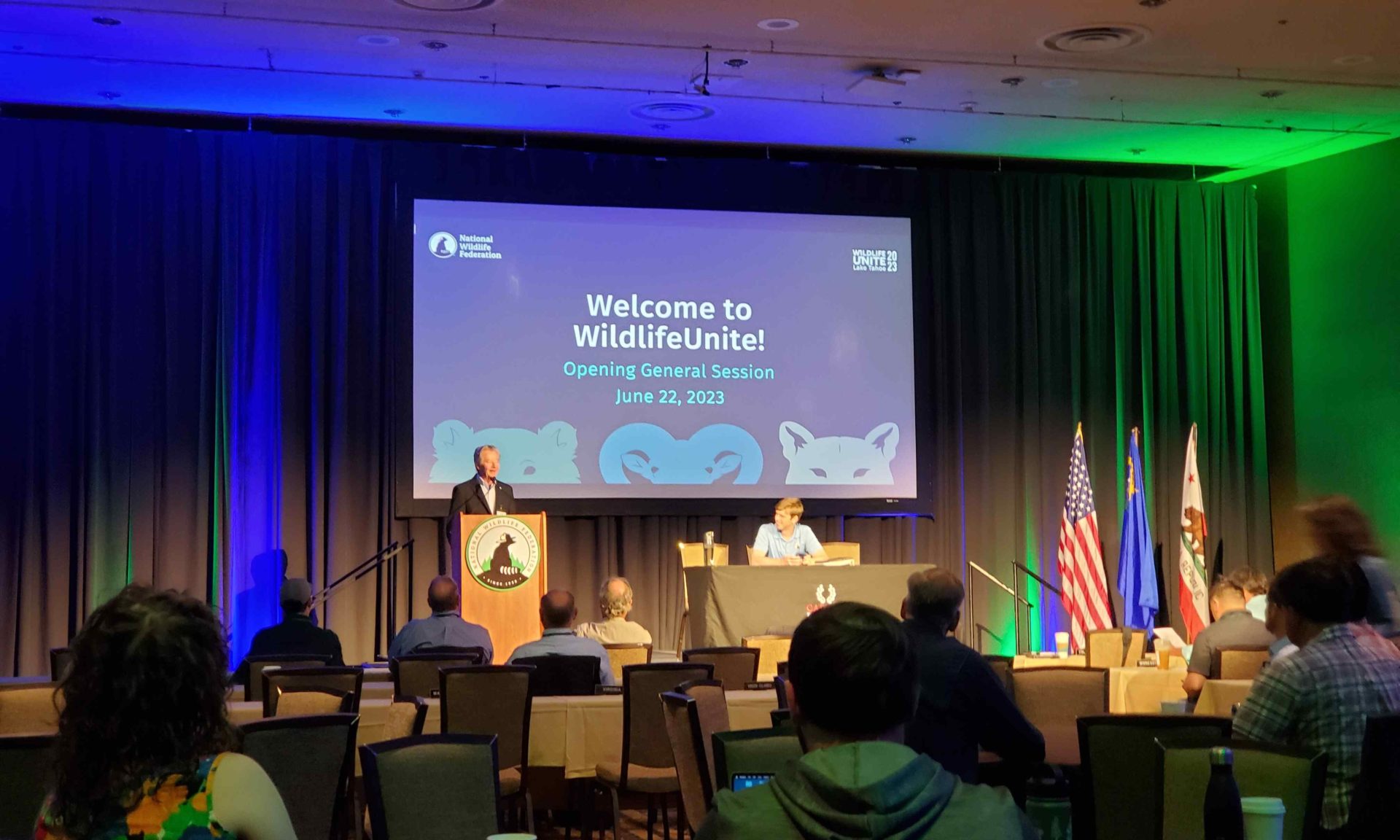
NWF’s national conservation policies are set by their affiliates through resolutions, which are deliberated and voted on by affiliate delegates. LWF’s Marty Floyd and Jonny Fryar serve as LWF’s delegate and alternate delegate, respectively. Both serve on a committee, which considers related resolutions. Marty chaired the Wildlife Protection Committee. Jonny served on the Climate and Energy Committee.
In total, eight resolutions were considered an approved. Three of those resolutions focused clean energy, calling for responsible development of offshore wind and solar energy while limiting harms and impacts from a clean energy transition and deepening collaboration with Tribal partners and impacted communities. Resolutions also called for a holistic approach to sustainability in the clean energy supply chain.
Other resolution topics included protecting and enhancing revenue from hunting and fishing taxes for the restoration and conservation of fish and wildlife resources, environmental justice, reaffirmation of NWF’s commitment to collaborating with tribes, increasing research and funding of biological control against invasive insects and weeds in Hawaii, and support for the designation of the Pacific Remote Islands as a National Marine Sanctuary.

A few keynote speakers also provided some really interesting insights on issues they’ve worked on. One such speaker was NWF’s Beth Pratt, who talked about California’s famous ‘Hollywood Cat’ (aka P-22). P-22 gained national attention when it was discovered to be living in Los Angeles’ Griffith Park – the largest municipal park with urban wilderness area in the United States. The big cat managed to survive for over a decade in the park before being euthanized in December 2022 after being hit by a car and the underlying health issues the approximately 12 year old cat was experiencing. Its legacy, however, will live on.
P-22 was one of the animals that inspired the construction of a $87-million wildlife crossing, named the Wallis Annenberg wildlife crossing – a project that will allow mountain lions and other species to cross safely over a busy eight-lane stretch of the freeway used by an estimated 300,000 vehicles a day.


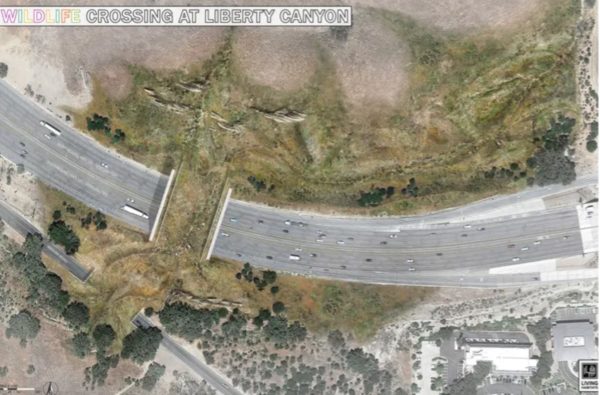
The freeway has divided what was once a continuous habitat range into isolated fragments and resulted in severely restricted movement between the Santa Monica Mountains and the Sierra Madre Range. Construction began in January 2022 and is expected to be completed in fall 2024. (Renderings of the bridge by Living Habitat.)
In a learning session centered on tribal partnerships, Marty discussed LWF’s work with the Tunica-Biloxi Tribe of Louisiana. “We were able to provide the NWF affiliates with copies of the Tunica Coloring Book of Animals and mentioned the upcoming Biloxi Coloring Book. I also talked about our work helping to provide feathers for the tribe’s religious ceremonies and being a liaison with NRCS for establishment of native river cane (for basketry work) and other native plants.”
It was a great opportunity to meet with other affiliates across the c
ountry – and seeing Ranger Rick is always fun!
